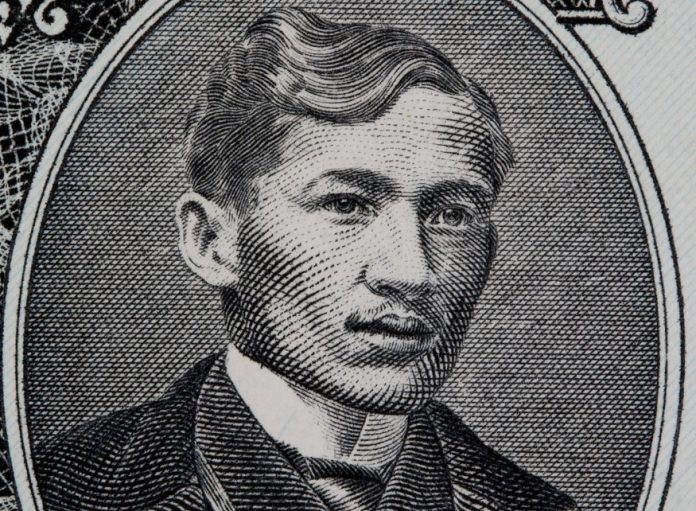Every year, Filipinos across the globe gather to commemorate one of the most significant events in the nation’s history – Philippine Independence Day. Celebrated in June, this period marks the formal declaration of independence from Spanish colonial rule in 1898.
However, while many recognize the importance of this historical milestone, the true story of Philippine independence is not just about a single moment of freedom; it is a tale of struggle, sacrifice, and the undying spirit of the Filipino people.
The road to independence began long before the momentous day in 1898. The Philippines had been under Spanish rule for over 300 years, and during that time, many Filipinos fought for their freedom. The resistance against colonial oppression had been ongoing, with figures like José Rizal, Andrés Bonifacio, and Emilio Aguinaldo playing pivotal roles in the movement for independence.
José Rizal, a nationalist and intellectual, became a symbol of the Filipino fight for freedom through his writings. His novels Noli Me Tangere and El Filibusterismo exposed the abuses of the Spanish colonial system, inspiring many Filipinos to rise up against their oppressors.
Tragically, Rizal’s execution in 1896 became a catalyst for a larger wave of resistance.
Meanwhile, Andrés Bonifacio founded the Katipunan, a revolutionary group that aimed to overthrow Spanish rule through armed rebellion. His leadership and determination galvanized many Filipinos, sparking a nationwide revolt. Though Bonifacio’s life was cut short due to internal conflicts, his legacy lived on in the hearts of those who continued the fight for freedom.
The ultimate turning point came when Emilio Aguinaldo, a leader of the Katipunan, declared Philippine independence on June 12, 1898, in Kawit, Cavite. This declaration, made in the presence of fellow revolutionaries, was an assertion of the Filipino people’s right to self-determination. The Philippine flag was raised for the first time, and the national anthem, Lupang Hinirang, was played. This moment became a symbol of Filipino unity, strength, and resilience.
However, the journey towards true independence was not without its challenges. Although the Philippines had declared its independence from Spain, the country’s sovereignty was not immediately recognized by the international community. The subsequent American occupation of the Philippines and the Philippine-American War further complicated the nation’s struggle for self-rule. It wasn’t until July 4, 1946, that the Philippines was officially recognized as a fully independent nation by the United States.
Today, as we reflect on the significance of Philippine Independence Day, it is crucial to remember the sacrifices made by our ancestors and the ongoing fight for the freedom we enjoy today. Independence is not just a historical event; it is a continuous journey, one that is shaped by the efforts of every Filipino to protect and preserve the hard-won freedom that defines our nation.
As we celebrate Philippine Independence Day this year, let us honor the legacy of those who came before us. Their bravery and dedication to our country’s freedom serve as a reminder that patriotism is not merely about observing a national holiday, but about embracing our shared history and the responsibilities we have as citizens to uphold the values of liberty and justice.
NZ’s BIGGEST Philippine Independence Celebration is on 7th June 10am-6pm at Auckland Showgrounds. 217 Green Lane West, Epsom. FREE ENTRY.
Part of the celebration is the Filipino News Filipino-Kiwi Hero Awards Ceremony which has honoured modern heroes that excel in their respective fields for the last decade.
This June 7th let’s come together to commemorate not only the declaration of independence but also the enduring spirit of the Filipino people, and continue to share in the pride of our heritage.







































